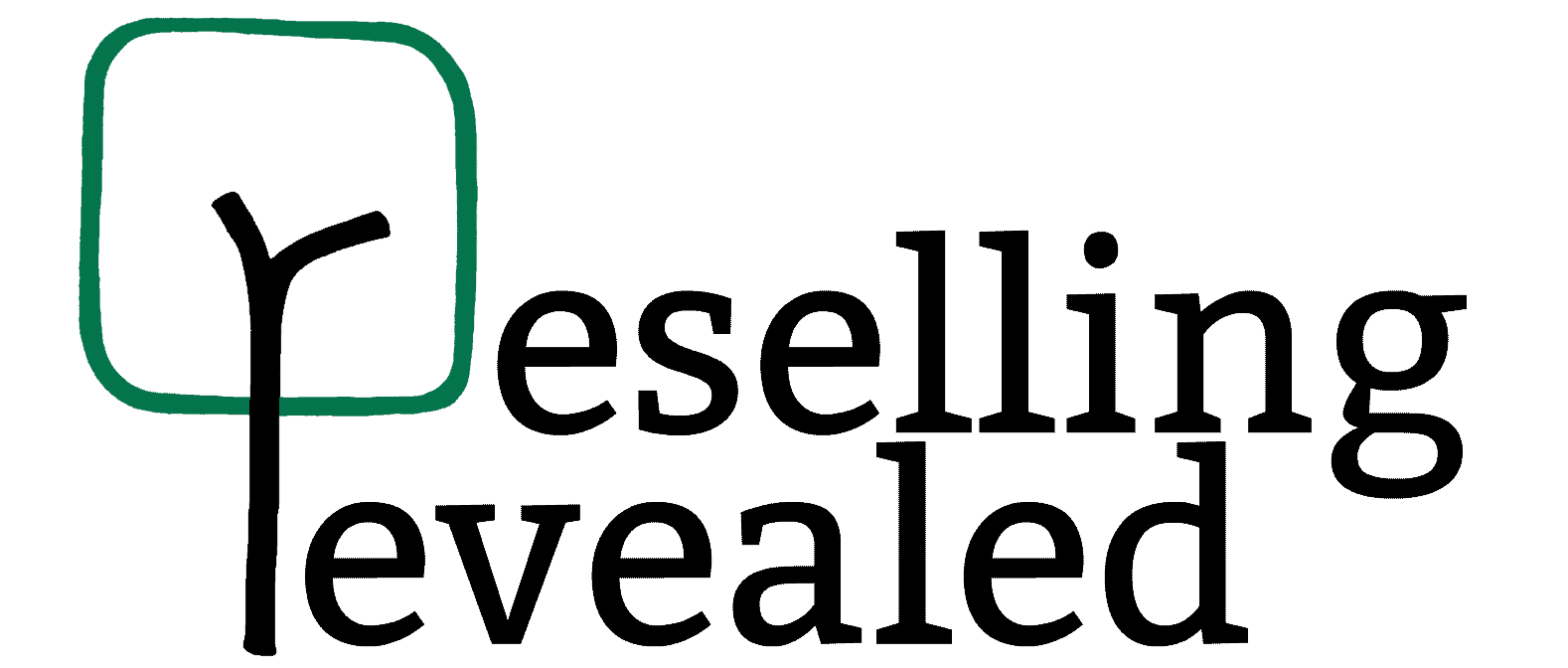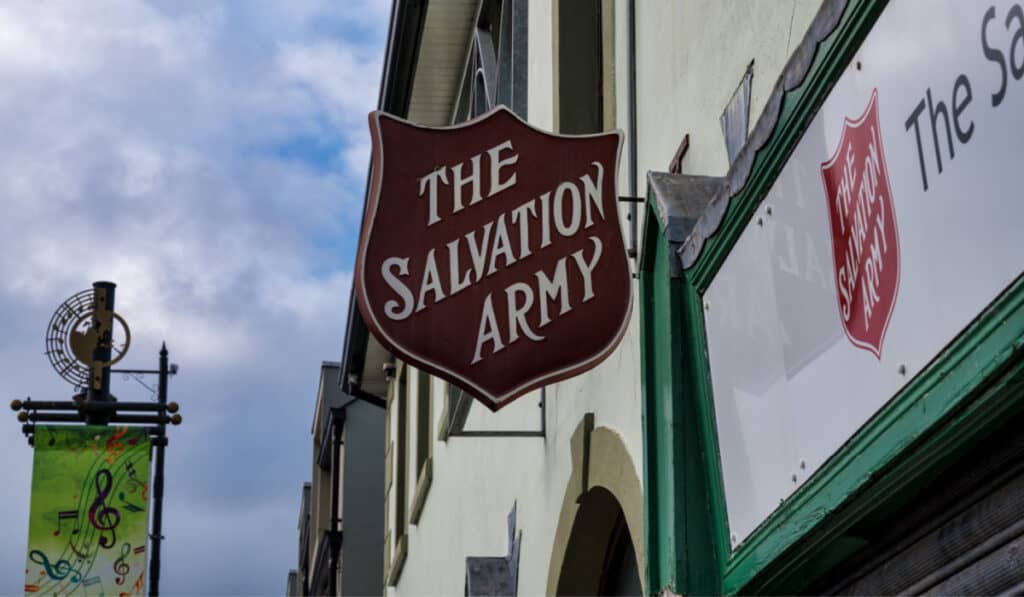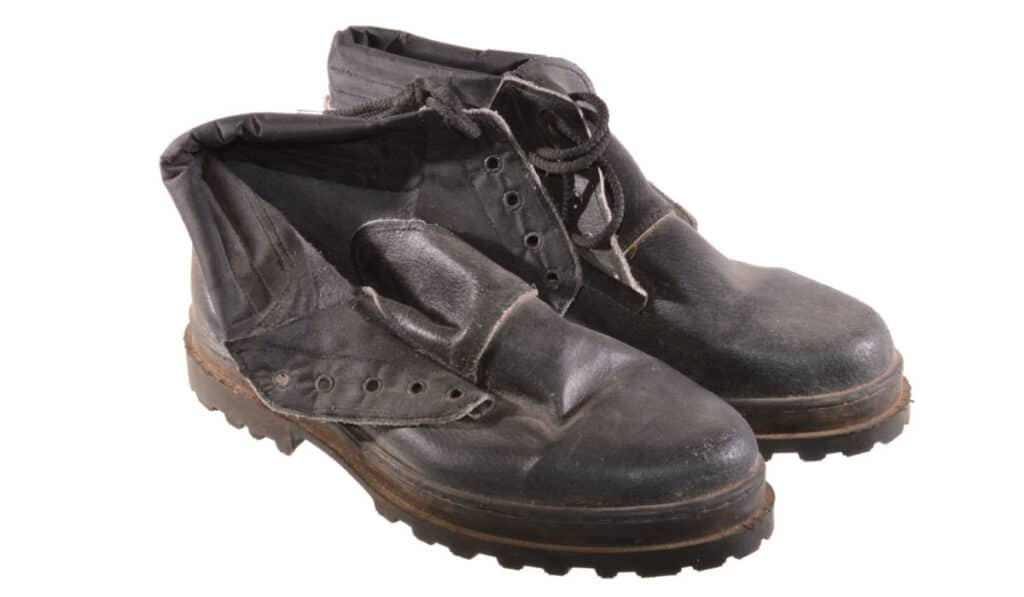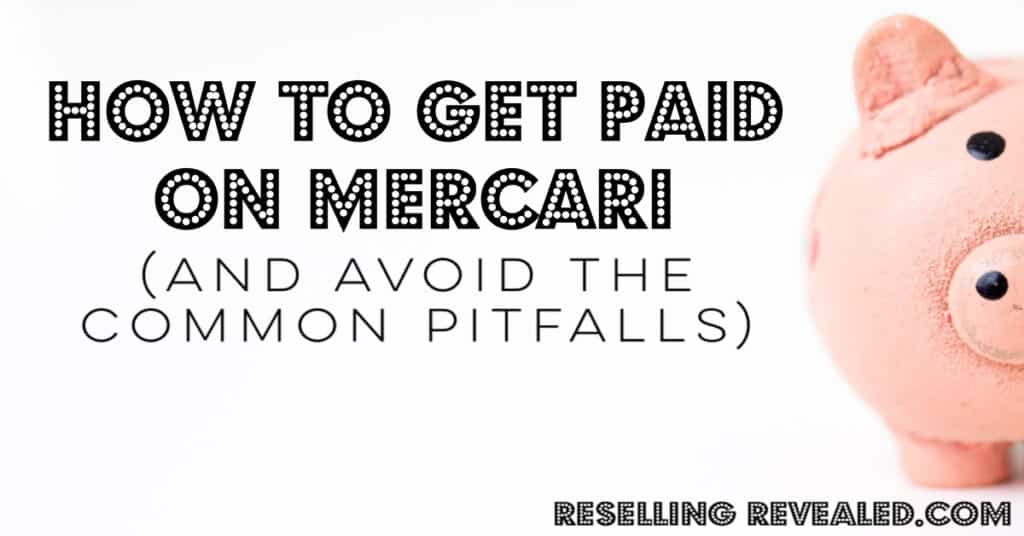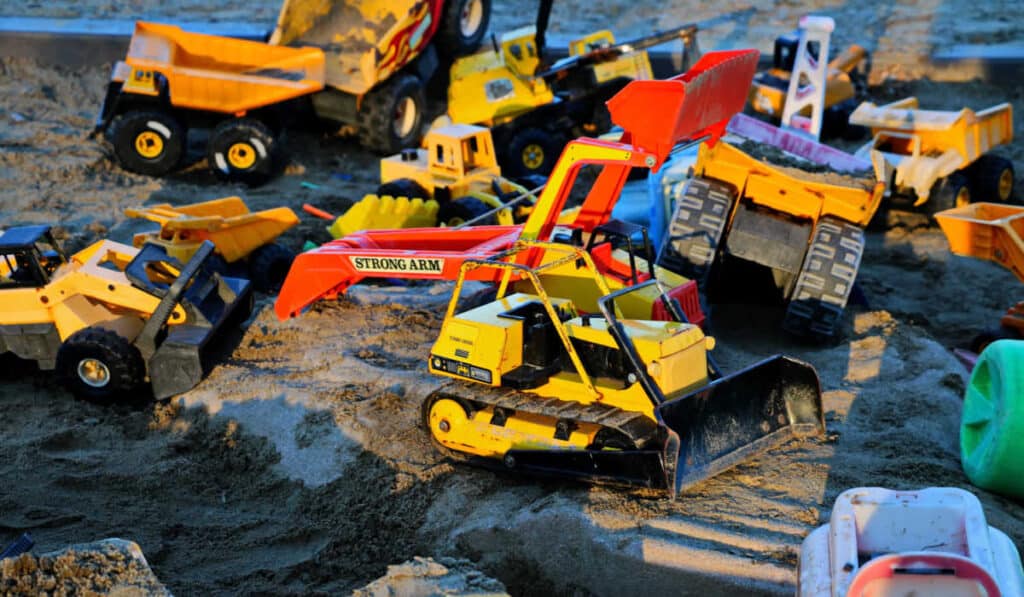As an Amazon Associate I earn from qualifying purchases.
If you’re a new eBay seller, pricing your items is probably the second most important skill you can have (right behind actually sourcing the items to sell).
Likewise, if you’re a seasoned eBay seller (we’re coming up on 9 years of full-time selling) then adjusting your pricing strategy is probably the best thing you can do to kick-start your sales.
So say goodbye to slow eBay sales and let’s take a look at the best possible way to price your items…by searching eBay’s completed listings and looking at sold prices.
Completed & Sold Listings On eBay
Will say real quick before we get started, this isn’t just for eBay sellers!
Anytime you’re trying to sell something, getting an idea of its value on a marketplace as large as eBay will be useful. Since eBay is the largest online selling platform, it’s the best place (at least in my opinion) for people to research the prices of sold items whether they’re selling on eBay, Poshmark, Etsy, or even a pawn shop or yard sale.
So let’s talk about what you can stand to learn from seeing eBay Completed Listings and then how to do it.
What You Can Learn From Your Research
While you can only see your sold listings for the past 60 days on your eBay seller account, by searching for sold listings you can see everything that has sold (or not sold) within the past 90 days.
So, when you search, you have two things you can look at:
Sold Listings – Items that have sold within the last 90 days. This includes items that were returned, canceled, etc. If you filter for only sold listings then you won’t see listing from items that ended without selling.
Completed Listings – By default, eBay will show you a mix of items that sold and failed to sell, in other words, they’ll show you every ended listing. This is valuable for several reasons that we’ll get to below.
Now, no matter which one you’re looking at, there are 4 things that you should be attempting to glean from the listings:
- Pricing. Figuring out how to price your items is probably the biggest takeaway here. However, before we even get to the point of pricing we use eBay’s completed listings every single time we’re sourcing so that we can identify opportunities. We typically will buy something from a thrift store to resell if the sold listings are around 4x what we can buy it for. Do buy blind!
- Keywords. When you’re looking through listings, pay close attention to the title of things that have sold. Often, you’ll find the “hot keywords” that buyers are typing in. Missing a specific keyword that a buyer wants (for example, using “rivets” instead of “studded” can make a huge difference in your final sales price.
- Listing Strategies. In addition to the titles, look for other common threads of the best sold listings (we usually sort the results by price (High to Low). How are the pictures? Do they write long descriptions? Do they include measurements? Did they offer free shipping/returns? etc.
- Market Trends. Recognizing that trends change over time is especially important if you’re trying to resell trending items. This is especially true around holidays or when the seasons are changing. It’s easy to suck yourself into buying unprofitable things simply because they sold for high prices a couple of months ago. For example, around Christmas, I bought a Filson coat because I saw that there were going for up to $2,000 on eBay. What I didn’t realize is that they were sold out on the Filson website and everyone was trying to get them for Christmas. I ended up selling it toward the end of January and took an offer of $900, barely making my money back after fees and shipping it abroad.
You’ll see lots of people complaining that eBay is dead but the reality is that lazy sellers just don’t do sufficient research. They keep buying the same items they’ve always bought and ignore changing markets and increased competition.
If you’re serious about listing items daily that will actually sell you’ll need to put in the due diligence on every single item you buy. Otherwise, you’ll be running a junk storage business (at your own expense) instead of an eBay store.
How To See Completed & Sold Listings On eBay
If you’re trying to research sold items at a thrift store, chances are you’ll be on your phone (I hope you’re not carrying a laptop with you…).
However, let’s take a look at how to do this on both a phone and then on a computer:
Seeing Completed Listings On Your Phone
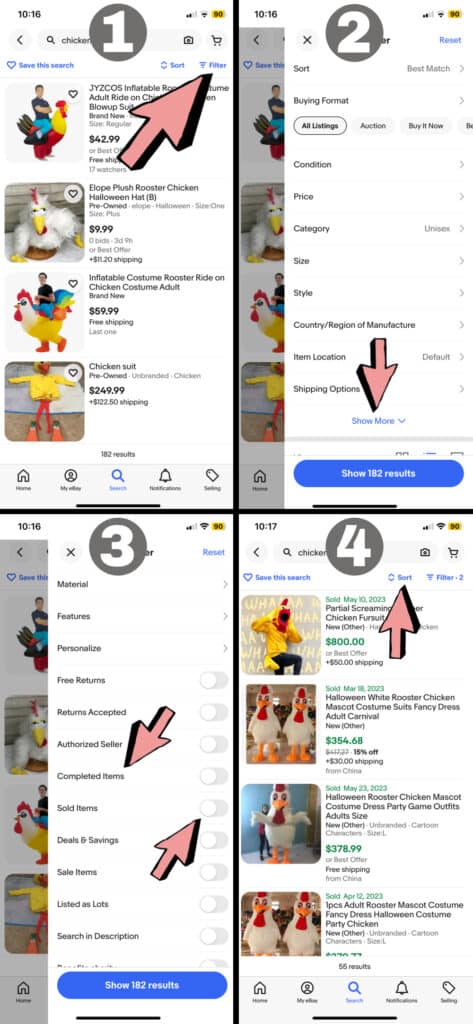
- Run your desired search and then click “Filter” in the upper right corner.
- Click “See More” and scroll down.
- Toggle “Sold, Completed, or Both”
- Sort the listings however you wish and scroll through eBay’s finished listings.
Seeing Completed Listings On Your Desktop
On a laptop or desktop, it’s even easier. Simply run a search then scroll down through the filters on the left side until you get to the Completed/Sold Listings Filter.
Check it out:
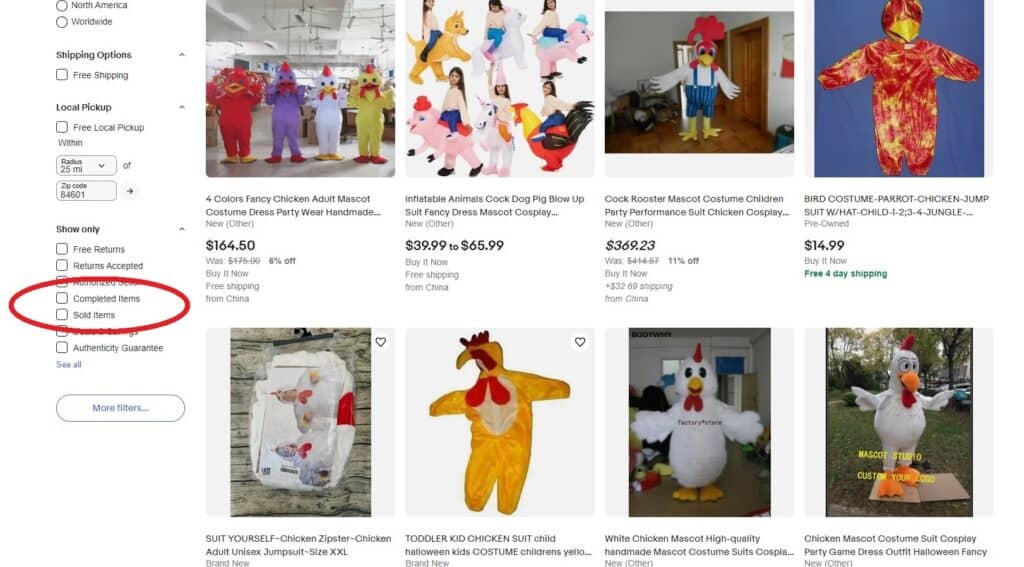
How To Price Things Based On Sold Listings (Example)
If you’re looking to use your research to price your own items on eBay, then you’re in luck. We do this a dozen times per day (at least once for every listing) so we have lots of practice to pass on.
Now, the information that you get from your research will be most accurate if you’re listing your items on eBay. If you’re listing your items on Mercari or Poshmark instead you’ll want to do some additional research on those specific sites to see if the pricing is different.
Likewise, if you’re trying to price your items at a yard sale, at an antique booth, etc. you’ll want to take the eBay results with a grain of salt as you’ll likely have far fewer people see your stuff (meaning you’ll have to price it lower to sell).
So let’s assume you’re listing on eBay. Here are the things we think about:
Are there lots of live and sold listings?
If there are tons of listings still for sale and tons of listings sold then generally there is a price consensus and you can’t price your item very far out of the range the market has decided.
A good example of this will be models of Nike shoes. There are tens of thousands of live and sold listings. Because of this, you’re able to get a pretty good idea of what the going price is for your specific model. It won’t be exact but you’ll probably have a pretty narrow range.
Are there lots of live listings but very few sold ones?
If there are several items listed but none (or very few) that have sold we’ll typically either not buy the item to resell or buy it and undercut everyone else on the price.
This is because the sell-through rate is very low meaning that, even if an item is valuable, there just isn’t that much demand for it.
I buy these items to flip with caution as I have tons of “expensive” things just sitting in my storage unit that no one seems to want.
What are your goals?
If you only have a few items and need to maximize your profit from each one you’ll want to price your items on the higher end of what you see that has sold.
Conversely, if you’re trying to move your item as fast as possible then you’ll want to undercut everyone. Just be aware that doing so drives prices down for everyone as the bottom tier of sellers races to zero.
In general, we tend to price out items on the higher side and then take better pictures and write excellent descriptions. People will pay more if your listing has the feel and look of professionalism.
Other Resouces To Research Sold Prices
I will say that, even though there are a ton of other companies on the market that claim to offer better price recommendations and research, we don’t actually use any of them.
We’ve sold over 10,000 items on eBay and have done so by doing all of our pricing research on the eBay app itself.
Most of the research companies simply store eBay listings so that you can see an extended history of sold items (as well as price tracking, etc.) However, if an item hasn’t sold in the past 90 days we’re probably not interested in flipping it.
In other words, if you decide to go outside the world of eBay for your research then you’re going to be on your own as I have very limited experience that I can offer!
Conclusion
In nearly every business you can start, market evaluation is a huge component of your success.
The only way eBay is different is that you have to research the market every single time you want to flip something.
In other words, if you can master this one skill, every single part of your reselling journey will be easier, from sourcing to listing.
Good luck out there!
